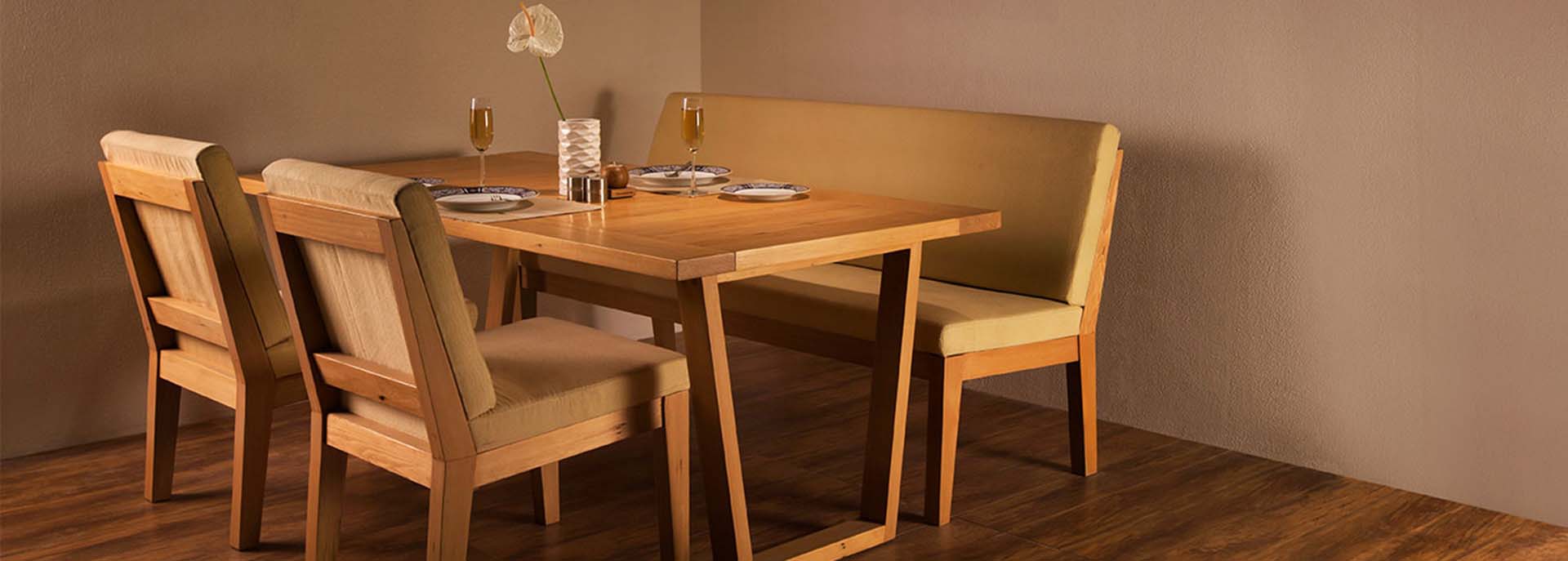Western Hemlock wood Uses and Structural Properties
Western Hemlock is the single most plentiful tree species on the coast of British Columbia (B.C.). It grows along both the east and west sides of the coastal mountain ranges, as well as in the interior of the province.
On average it typically grows 30 to 50 metres tall and 1 to 1.5 metres in diameter. It seldom grows in pure stands, and instead usually grows in mixed stands with Douglas Fir, Amabilis Fir, Sitka Spruce and Western Red Cedar. Of B.C.'s total growing stock, Hemlock makes up 17.7% of the total volume and close to 60% of the coastal volume.
Common uses
Hemlock is firmly established as an outstanding wood for mouldings and interior woodworking. Other uses include doors, windows, floors, suspended ceilings, ladders and utility purposes where a high grade is needed.
Hemlock is recommended in India for furniture, solid doors, finger joint door frames and other interior uses.
Hemlock is also used for general construction, roof decking and plywood. It is popular for laminating stock and the production of glue-laminated beams sold into the Japanese market.
Interest of :
Western Hemlock is known for its even density which provides for excellent machining properties.
Working properties
Hemlock has a relatively good strength-to-weight ratio and is known for its excellent working properties. The wood requires special care when drying but yields a quality product. It is relatively easy to work with, and has good machining qualities.
It turns, planes and shapes well and can be sanded to a smooth finish.
The wood glues satisfactorily, has moderate nail and screw holding ability and polishes beautifully.
Hemlock lumber is seasoned uniformly in dry kilns. Kiln drying improves its strength and stiffness, and increases resistance to decay and insect attack.
| Stiffness / MOE (MPa) |
Air dry |
12300 |
| Strength / MOR (MPa) |
Air dry |
81 |
| Density (KG/M3) |
Air dry |
429 |
| Compression Parallel (Mpa) |
Air dry |
46.7 |
| Shear (Mpa) |
Air dry |
6.48 |
| Shrinkage (air dried-12%) |
Tangential/radial ratio |
1.6 |
| Title |
Process |
Performance |
Comments |
| Machining |
Planing |
Good to average |
A silky smooth finish is easy to achieve |
|
Shaping |
Average |
Easy, with good surface quality |
|
Sanding |
Good |
Good sanding finish |
| Fastening |
Screwing |
Good |
|
|
Nail retention |
Good |
|
|
Gluing |
Average |
|
| Finishing |
Staining |
Good |
The best finish is achieved with tight stain, or clear finish followed by nitrocellulose alkyd clear sealer and finish
|
|
Painting |
Good |
|
| Drying |
Ease of drying |
Fair |
Due to the high moisture content of this wood, longer kiln drying times are required |
| Durablity |
Natural decay resistance |
Poor |
Not appropriate for prolonged outdoor exposure |
|
Treatability |
Good |
Can be improved by incising |




